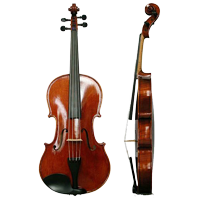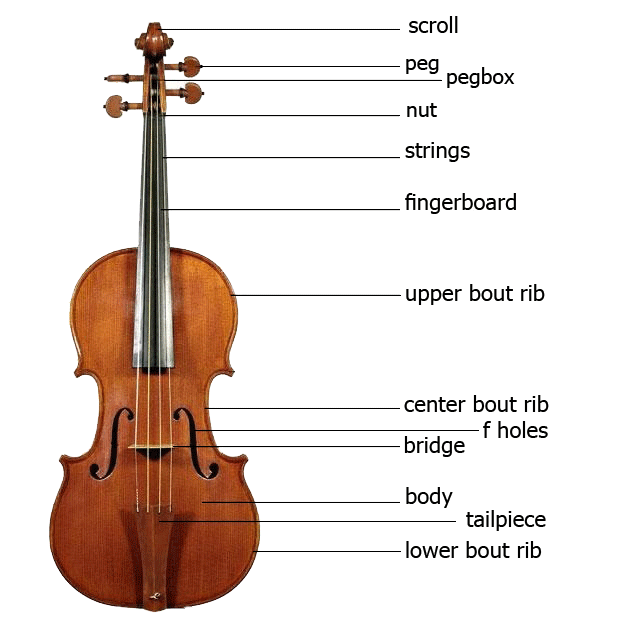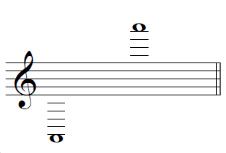» Organology » Viola

Family
string instruments
Description
Viola refers to the alto or, more properly, to the alto-tenor member of the violin family. The viola came into being in northern Italy at about the same time (not later than 1535) as the other members of the new violin family.
The viola, in general, has the darker, warmer, richer tone qualities of the alto voice as opposed to the lighter, more brilliant soprano of the violin. The strings are tuned a 5th below the violin. Its highest string (a’) may produce something of a contrast in timbre to the other strings, on some violas more piercing and nasal. The lowest string (c) of a fine viola is capable of a clear, beautiful, resonant and powerful tone eagerly sought by both makers and players. Although the fingering and bowing techniques of the viola are similar in principle to the violin’s, most of the composers did not write for the viola in past which had reasons such as not being prevalent to compose for four different parts. Bach and Mozart composed solo pieces for the viola but it was not until Berlioz started to compose orchestral music and concentrated on special tone of the viola in the midst of the orchestra that the viola ascended its full potential.
Viola is slightly bigger than the violin so players stretch their hand for fingering and this leads to playing the intervals more accurately. Also its weight and size suggest that it be held with its scroll slightly lower than is common on the violin. Violas are existent in different sizes and players choose their instruments according to their left hand.The fingering and bowing techniques of the viola are similar in principle to the violin’s, and many technical studies are simply transposed down a 5th for the viola. Several viola methods, somewhat analogous to those for violin and cello, were published at the end of the 18th and the beginning of the 19th centuries; they include those by Michel Corrette, Michel Woldemar.
Composers
Baroque composers wrote several concertos for the viola but the composition for the solo viola had come to a stop point until the time of Wagner and Strauss in late 19th except “sinfonia concertante for the violin and the viola” by Mozart and “Harold in Italy” by Berlioz. In 20th century, composition for the viola achieved the same stance as other members of the violin family and composers such as Debussy, Bela Bartok and Walton developed that.
Players
Players who had a great impression on viola playing could be named as Carl Stamitz in 18th century, Lionel Tertis in 19th century and Yuri Bashmet, Lawrence Power , William primrose, Atar Arad, Pinches Zukerman, Kim Kashkashian and Tabea Zimmerman in 20th century.
Viola patrs

Viola playing range

Pitches of open strings

Audio samples
Title: Viola concerto No.3
Artist: Walton

